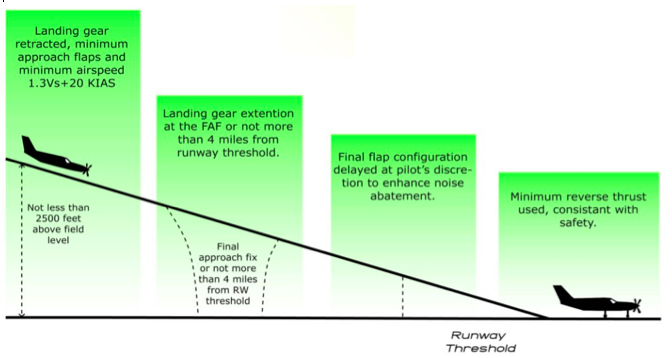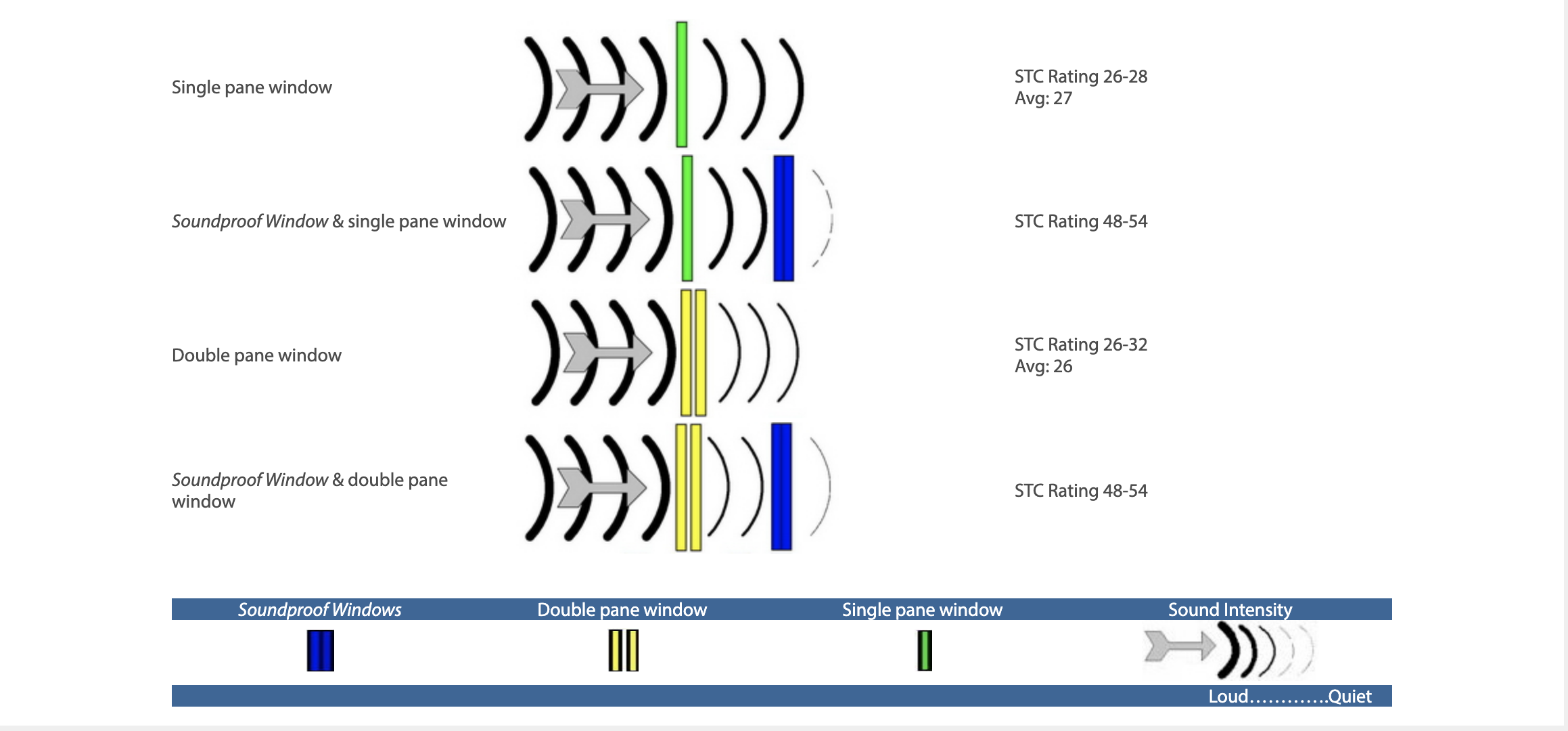With the 4th of July just around the corner, most of America is queuing up to have a celebratory barbecue with their friends, family, neighbors at home. Everyone will be inside, to avoid the bright summer sun, as hardworking homeowners sip their beers/cocktails and their kids run around in red, white, and blue attire. An idyllic scene of the American Dream, as anyone might say. An idyllic and satisfying scene it would be, until a Boeing 737 aircraft roared by at 150 miles per hour only 100 ft above the disrupted party-goers heads. The sound would leave everyone reeling, causing the kids to cry from fear at the unexpected noise and its volume.
Sadly, this scene will play out many times across the country, as citizens celebrate our independence day and summer days at large. Most airports are surrounded by a residential area in urban cities. City-dwelling homeowners will ponder “Is there anything that these multi-million dollars-in-revenue-making airports can do to abate some of the noise they make in my quiet residential community?” The purpose of this article is to flesh out what options are available to homeowners to abate disrupting noises created from airport proximity.
What Is Noise Abatement?
A term mostly used by people in the road/air/rail transportation and mining industries, “noise abatement’ refers to the tactics used to negate the amount of loud or disrupting sound produced, to the specific detriment of residential areas. Most airports have some type of noise abatement program in place to help reduce the negative effect the noise of aircraft taking off has on the surrounding radius. Solutions for “how to deal with noise” have become more in demand as new technology is developed to get things to their end destination faster, as the cost of everyone-around’s eardrums.
What Do Airports Do To Provide Sound Abatement?
Airports have approached the problem of sound abatement in two main ways:
- Pilots are taught methods to make the plane as quiet as possible during the takeoff and landing process. During a plane’s landing approach, plane operators are supposed to bring down landing gear no less the 2500 ft above the ground and are to angle flaps to decrease noise creation. When the plane has touched down, the reverse thrust should be used as minimally as possible.
- Some airports have offered Residential Sound Insulation Programs (RSIPs). These programs allow homeowners to apply for airport-funded home insulation from noise if their house is located in a specific area and was built before a specific time. Homeowners that are negatively impacted by the sound of the nearby airport should research if that airport has one of these programs to offer.
How Can Soundproof Windows Help with Window Noise Reduction?

For homeowners who do not qualify for the RSIP or were not offered one by their friendly neighborhood airport, another option is window noise reduction. Windows are the main avenue of sound waves into an uninsulated home. Most single pane and double pane windows can’t stand up to the sound onset created by proximity to a busy airport. A solution to this is the installation of Soundproof Windows, which decrease perceived noise by 75% in STC Rating tests and can be installed over current home windows, instead of replacing them.
If you’d like to learn more about Soundproof Windows,
